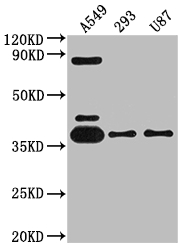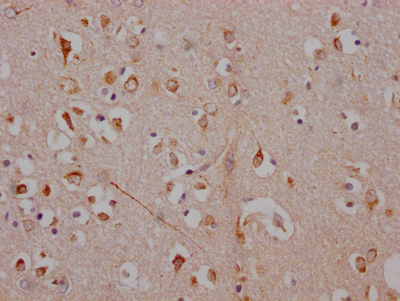The detection of human ADORA1 protein in ELISA, WB, and IHC applications can be effectively carried out using the ADORA1 recombinant monoclonal antibody, which is produced using recombinant DNA technology. The hybridomas producing the ADORA1 antibody are formed by fusing B cells isolated from an animal immunized with a synthesized peptide derived from human ADORA1 with myeloma cells. The cDNA of the ADORA1 monoclonal antibody is sequenced, and the gene coding for the ADORA1 antibody is synthesized. The synthesized gene is then cloned into a vector and transfected into cells for cultivation. Finally, the ADORA1 recombinant monoclonal antibody is purified using affinity chromatography from the cell culture supernatant.
The ADORA1 protein is a G protein-coupled receptor that is expressed on the cell surface of many types of cells. In the central nervous system, activation of the ADORA1 protein can inhibit the release of several neurotransmitters, including dopamine, acetylcholine, and glutamate. It is also involved in the modulation of pain perception, reduction of inflammation, as well as regulation of cardiovascular function and glucose metabolism.







